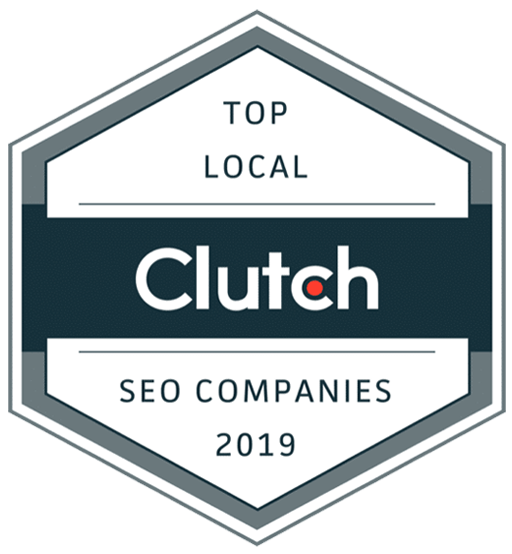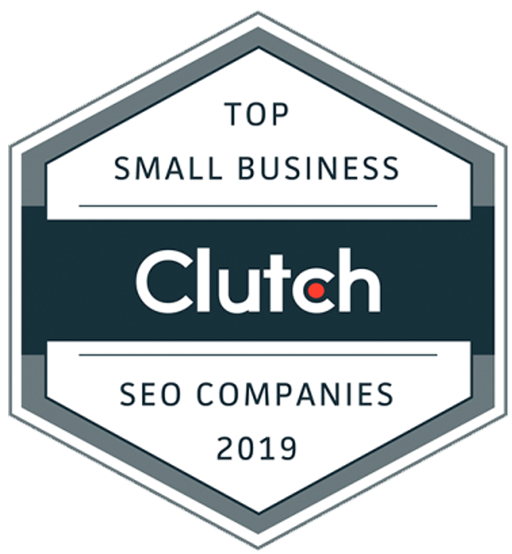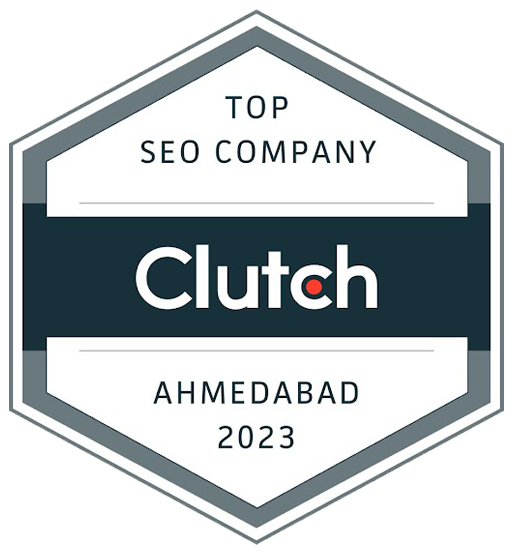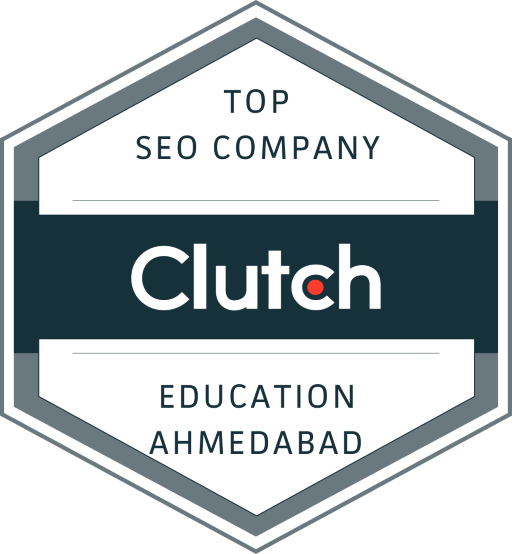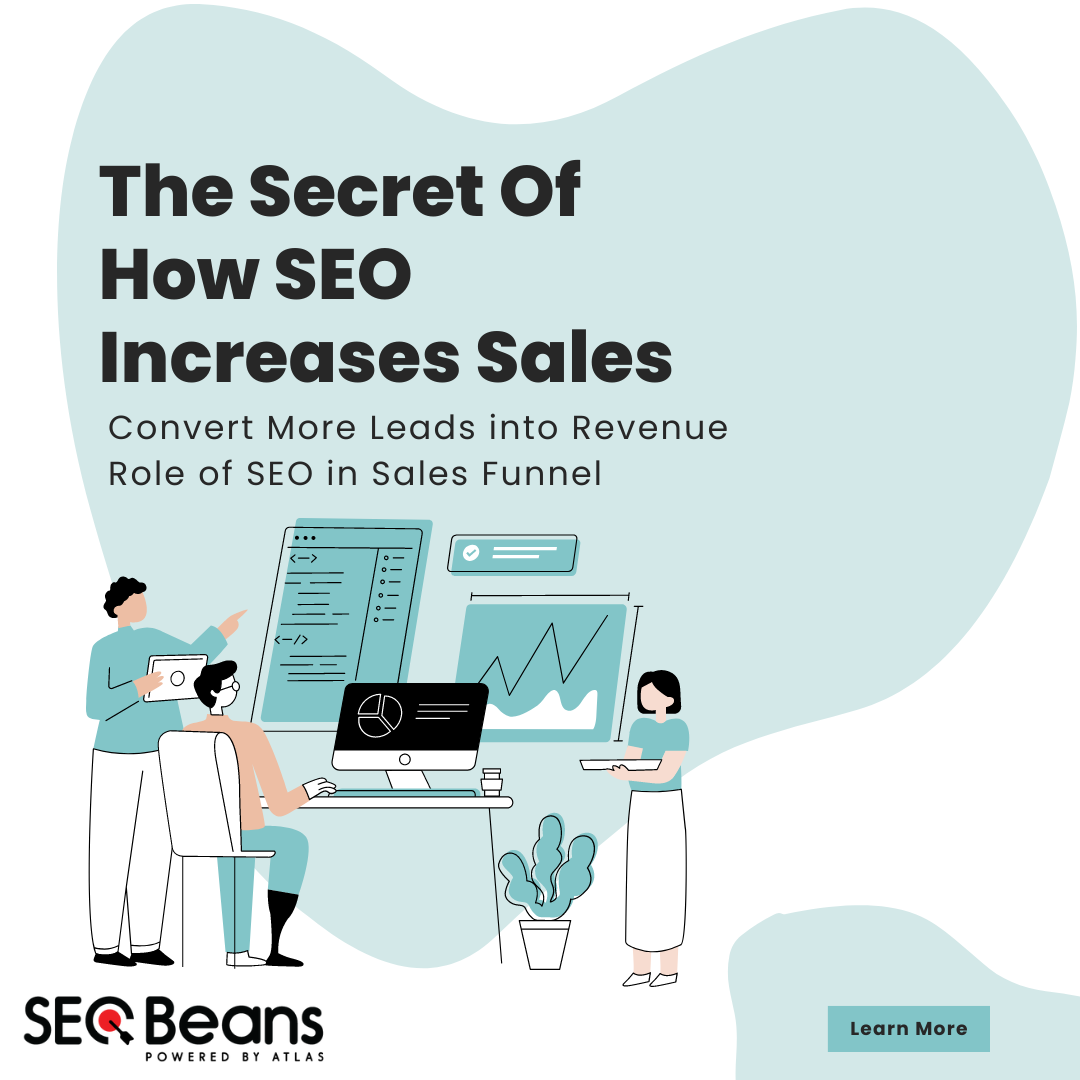
The question we will explore today is Does SEO Increase Sales?
Driving website traffic is one challenge, but convincing those visitors to become paying customers is an even bigger hurdle. Studies show that the average conversion rate across industries hovers around just 2%. That means for every 100 prospects landing on your site, a staggering 98 exit without making a purchase. With numbers like those, it’s no wonder businesses are constantly seeking new ways to turn more clicks into conversions that equate to real revenue.
This is where the power of SEO helps businesses to convert more leads into revenues.
While many businesses still view SEO strictly as a tool for boosting website traffic and brand visibility, it holds a deeper, game-changing secret: When planned and executed strategically, SEO essentially functions as a sales team, actively nurturing leads through the entire buying funnel to convert more prospects into loyal customers.
The Role of SEO in the Sales Funnel
A sales funnel has four main stages namely awareness, interest, desire, and action. Each of these stages filters the leads captured during the pre-sales and narrows down to the potential leads that can convert into customers.
SEO plays a pivotal role in attracting and nurturing the right audiences through every phase of the funnel by strategically optimizing content for the specific user intent behind various search queries.
At the top of the funnel (TOFU), SEO lays the foundation for building brand awareness by ranking informative content like blog posts, guides, and videos for more general, educational queries related to your product/service offerings. These TOFU optimizations introduce your business as a subject matter authority.
As prospects move into the middle of the funnel (MOFU), their searches become more specific and evaluative as they research potential solutions. Here, SEO ensures your product/service pages, tutorials, case studies, reviews, and comparison content is visible for those more targeted queries, enabling you to showcase expertise and create consideration.
Reaching the bottom of the funnel (BOFU), search intent is highly transactional and indicates purchase readiness. Local SEO tactics optimize your visibility in “near me” searches while optimizing product listings, checkout flows, and bottom-funnel keywords like “best prices for X” or “where to buy Y” captures those high-intent commercial searchers primed to convert.
Throughout the funnel journey, SEO enables you to strategically intersect with audiences at every micro-moment by anticipating their evolving needs and serving up relevant content that answers their questions and moves them along the path to purchase.
Capturing High-Intent Commercial Keywords
While optimizing for topical relevance across the entire funnel is important, SEO’s true selling power is unleashed when you rank well for those highly transactional, commercial keywords that signify purchase intent. Terms like “buy [product],” “[service] pricing,” and similar purchase-driven queries should be priority targets.
The importance of ranking for these buyer keywords is simple: they indicate prospects who have already completed most of the research phase and are now actively looking to make a purchase decision. Showing up prominently in these search results allows you to vigorously compete for valued click-throughs from consumers at their make-or-break moment.
To capture this lucrative high-intent traffic, optimization strategies should focus on:
- Product/Service Pages
- Shopping Ads & Listings
- Click-Worthy Content
The use cases for capturing high-intent searchers are clear: more purchase-ready clicks, enhanced sales funnel efficiency, and ultimately higher conversion rates that translate to increased revenues.
An SEO strategy targeting these golden commercial keywords is table stakes for outmaneuvering competitors and claiming your share of the lucrative bottom-of-funnel market.
Building Trust and Authority
In today’s increasingly skeptical digital landscape, expertise, authoritativeness, and trustworthiness (E-A-T) are make-or-break factors for converting website visitors into loyal customers. Search engines like Google actively prioritize high E-A-T sites, understanding that users crave credible content and experiences before making purchases.
E-A-T signals foster crucial credibility that alleviates buyer hesitancy and establishes you as a knowledgeable, reputable source audiences can confidently rely on. Without this foundation of trust, conversion rates will inevitably suffer as prospects take their business elsewhere.
SEO plays an instrumental role in optimizing your brand’s E-A-T through strategies like:
Authoritative Content Creation: Develop in-depth, expertly researched, and differentiated content that showcases your subject matter knowledge. Leverage SEO-optimized guides, whitepapers, videos, and other resources to build topical authority.
Public Relations & Review:s Earn authoritative backlinks and positive brand mentions from trusted, high-exposure publications and websites. Actively encourage and optimize for customer reviews and testimonials.
Highlight Credentials & Expertise: Optimize visible on-site elements like author bios, team member profiles, certifications, credentials, and participation in niche communities. These highlight your experience and credentials.
Structured Data & Knowledge Panels: Implement structured data and schema markup to increase visibility in knowledge panels and branded searches where you can highlight credentials, years in business, contact info, and other trust signals.
Major brands that have successfully fostered high E-A-T for enhanced conversion rates include:
- HubSpot’s extensive blog/academy content tailored to SEO best practices
- Ahrefs‘ research studies, videos, active community engagement, and transparent culture
- Amerisleep‘s expertise-rich mattress guides, third-party review summaries, and author bylines
- Yoast’s extensive bio pages for their renowned SEO team
When prospects sense a strong alignment between your proven subject authority and their needs, hesitations are alleviated, and likelihood of conversion skyrockets. Establishing E-A-T through strategic SEO should be a paramount priority to earn consumer trust at scale.
Conversion Rate Optimization (CRO) Powered by SEO
While often treated as separate initiatives, SEO and conversion rate optimization (CRO) are inherently intertwined. By prioritizing search experience factors like loading times, mobile-friendliness, and seamless user journeys, SEO best practices create the ideal environment for boosting conversions.
Ways SEO enhances CRO include:
Technical Foundations Fast loading speeds reduce bounce rates and frustration. Mobile-responsive design ensures usability across devices. Crawlability and indexing eliminate roadblocks. All are table stakes for CRO.
Content Optimization Just as quality content attracts SEO traffic, it’s also crucial for nurturing visitor interest and desire. Strategic content formatting, CTAs, personalization, and UX writing cues drive conversions.
Seamless UX An intuitive, SEO-optimized navigational structure and internal linking keep prospects flowing naturally toward conversion goals without disruption or leaks.
Some powerful examples of conversion-friendly SEO optimizations include:
- Click-worthy titles and descriptions that accurately promote offerings
- Streamlined, distraction-minimizing page layouts that guide users
- Accelerated Mobile Pages (AMPs) for lightning-fast mobile experiences
- Compelling product visuals and video content that sells benefits
- Exit-intent popups and personalized upsell/cross-sell opportunities
To quantify the impact of your SEO/CRO alignment, it’s essential to track and measure:
Macro Conversion: Metrics Revenue, leads/sales, conversion rates, average order value, cost of acquisition
Micro Conversions: Video views, whitepaper downloads, demo signups, quote requests, add-to-carts
With holistic tracking in place, you can attribute SEO’s role across the entire funnel, from initial traffic sources down to the granular conversion drivers. Continuous optimization of this unified SEO/CRO strategy allows you to iteratively refine content, UX, and user flows for maximum revenue impact.
So, SEO Increases Sales: Let’s Convert More Leads into Revenue
SEO isn’t just a way to increase website traffic – it’s a full-funnel strategy for actively converting more prospects into paying customers and driving sustainable revenue growth.
By optimizing your online presence for visibility and relevance at every stage of the buyer’s journey, SEO attracts your ideal audiences from their initial searches all the way through to those high-intent, transactional queries that signal purchase readiness.
But SEO’s selling power extends well beyond just capturing demand. It nurtures trust through expertise and authority building and aligns consumer touchpoints for seamless user experiences that facilitate conversions. It powers an iterative process of optimizing those experiences based on granular data and insights.
To consistently capitalize on SEO’s conversion capacities, it’s crucial to embrace best practices like:
- Extensive keyword research targeting all funnel stages and intent phases
- A content strategy focused on utility, engagement, and funnel nurturing
- On-page experience optimizations for technical, UX, and persuasion elements
- Local/voice search visibility for geo-targeted, on-the-go buyers
- Continuous testing, analysis, and refinement of conversion flows
For businesses aiming to claim their full revenue potential online, leveraging an award-winning SEO agency can be a powerful growth multiplier. With an expert-level strategy in place, SEO becomes a perpetual selling motion that compounds in impact over time.
Ready to unlock the revenue-driving results of SEO? Contact SEO Beans today for a custom strategy consultation.


